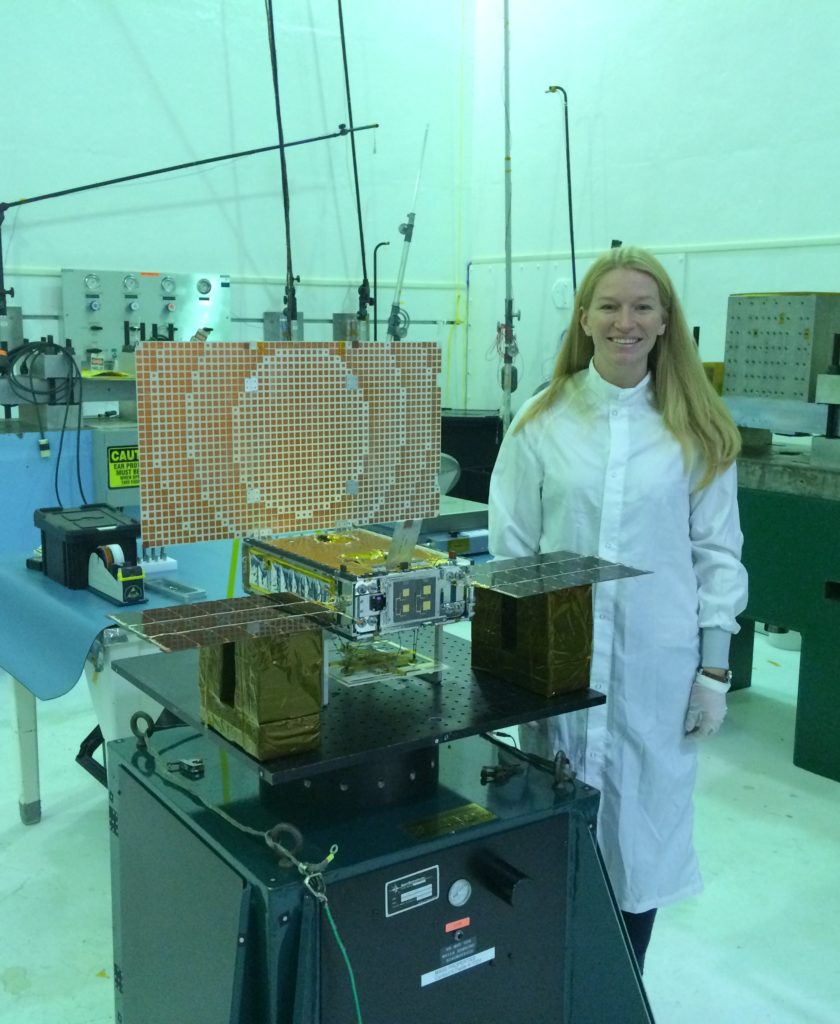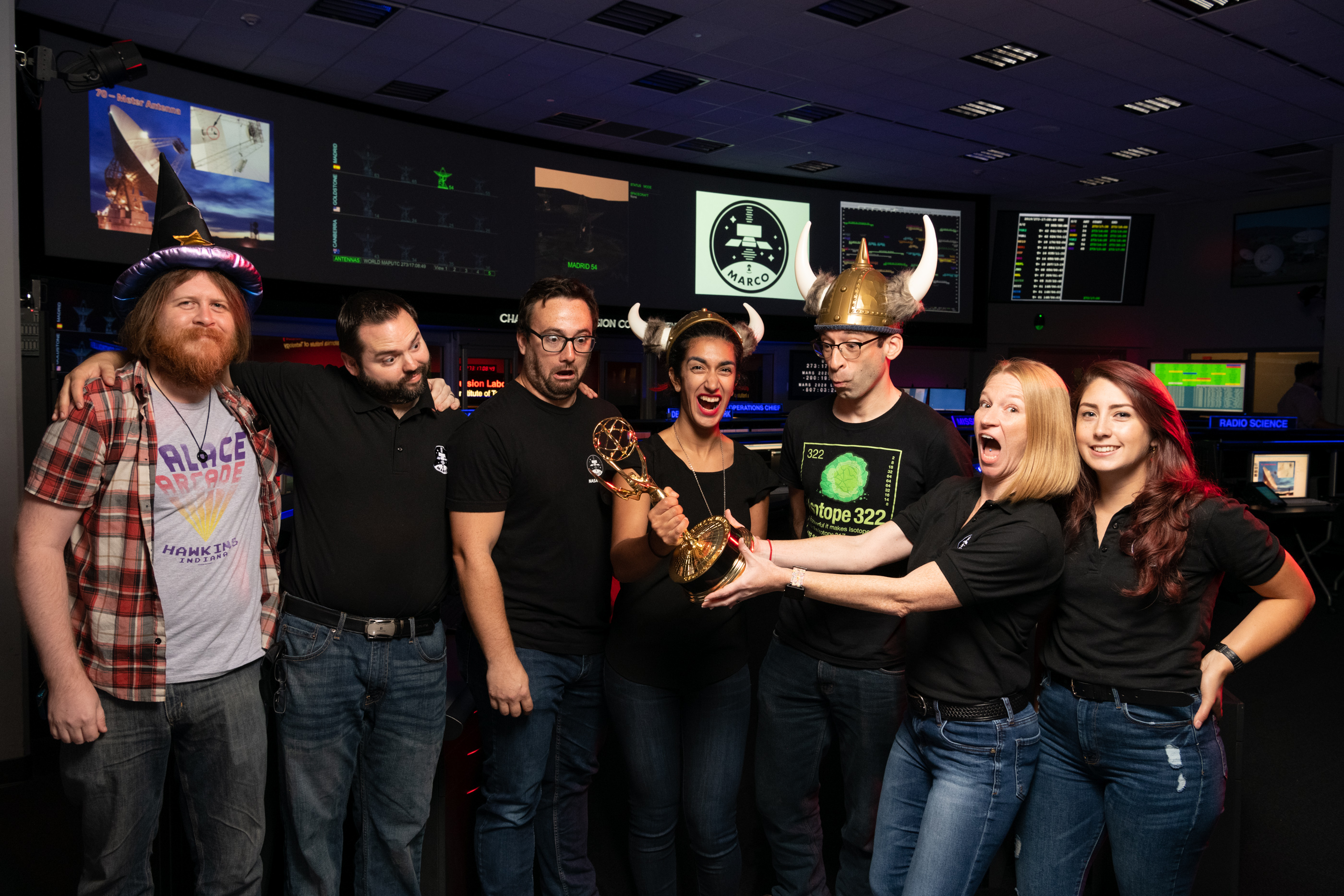
After moving to the Los Angeles area in 2011, I noticed a common question from people I met outside of work: “Do you work in the industry?” I genuinely didn’t know what this meant at first and asked, “What industry? Aerospace?” After all, there are over 20 aerospace companies in the greater Los Angeles area alone and I just started my new job at JPL. I quickly learned that “The Industry” referred to the entertainment industry (film, television, etc.) since we are very close to Hollywood and it’s quite common to come across someone who works in this field. Hence the frequent question when meeting new people around Los Angeles.
Occasionally these two industries merge with thought provoking and inspiring entertainment – The Right Stuff, Apollo 13, Interstellar, The Martian, Hidden Figures, just to name a few. In more recent years, JPL has been acknowledged for media coverage of their critical mission endeavours. In 2018, JPL won an Emmy Award for Outstanding Original Interactive Program for the Cassini mission’s Grand Finale at Saturn. In 2019, JPL was awarded the same Emmy – this time for the coverage of the InSight’s mission to Mars. InSight is a JPL/NASA mission that launched in May 2018 and landed on Mars in November 2018. During InSight’s landing on Mars, the two MarCO CubeSats relayed the data from InSight to Earth, which enabled the operators at JPL to determine as soon as possible that InSight had landed safely. This is where I come in. :)

CubeSats are miniature satellites that I have been working on since 2012. In 2015, I was the Flight System Integration and Test Lead for MarCO, which stands for Mars Cube One. MarCO is the first deep space CubeSat mission, and its primary mission objective was to relay the landing data from InSight to Earth. Although the Mars Reconnaissance Orbiter (MRO), a JPL/NASA satellite orbiting Mars, was able to relay the same data, it couldn’t collect and relay the data to Earth simultaneously. This meant that JPL wouldn’t have received InSight’s landing data until over an hour after the actual landing occurred. With the two MarCO fly-by satellites, which launched with InSight but made their own way to Mars, JPL received InSight’s landing data in near-real-time (i.e. as fast as possible given the normal communication delays between Mars and Earth). Fortunately, given MarCO’s contribution to the InSight mission’s landing and media coverage, the MarCO team members were invited to take pictures with the Emmy Award.

It was great to see colleagues that I hadn’t worked with since our time on MarCO in 2015 and celebrate the many successes of our mission and InSight. I learned a lot working on MarCO, particularly the demanding nature of deep space missions and the rather unforgiving project timeline. If you miss a launch window to Mars, for example, you have to wait 26 months for Earth and Mars to realign and the next launch window to open. My time on MarCO also greatly prepared me for my following CubeSat project, RainCube, which I will talk about in a future blog post. I’m grateful for having been a part of the MarCO mission and for helping to pave the way for future CubeSat and small satellite deep space missions.
Fun Fact #1: The two MarCO CubeSats made their way to Mars using the same propellant chemical that is in fire extinguishers. Hence the informal names given to the two satellites: Wall-E and Eva.
Fun Fact #2: The Oatmeal made a great comic about InSight that I recommend for some fun reading.
Fun Fact #3: InSight and MarCO were featured on JPL’s 2019 Christmas holiday ornament.

So excited for my fellow softball teammate…. Awesome Shannon!!
You go girl!!